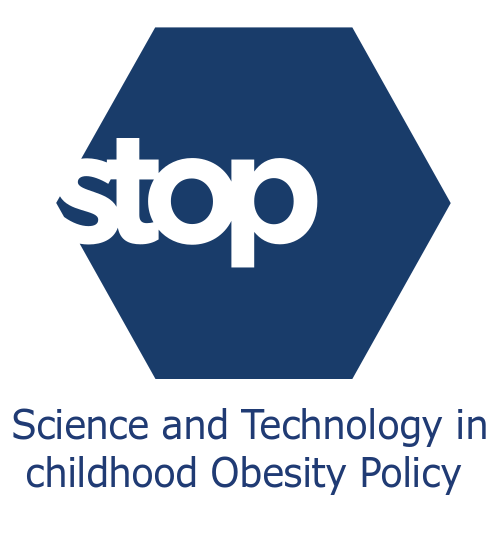The study aimed to explore the extent to which built environments and mobility measures impact childhood obesity. For reasons of both data availability and due to the intrinsic aim of these measures being addressed to the adult population, the study looked at evaluating policies fostering changes of children’s mobility patterns as well as to the analysis of the factors hindering or promoting the active travel (AT) of younger people, where by AT refers to home-school journeys. The results of the study, based on the review of scientific publications addressing the research topic, demonstrated that the analysed policies, when well implemented, are able to increase the number of children that change their travel behaviour with a pedagogical as well as direct physical impact. Nonetheless, the effectiveness of these policies is weakened due to their implementation being based on parents and school personnel’s good will. AT for the home-school journeys also only works within a radius of no more than 1.5 km by foot/3 km by bicycle, assuming safety from road accident can be ensured. Based on these findings, two recommendations can be made:
- Children-focused AT policies should be designed and implemented by a wide audience of actors including, in the first instance, parents and then traffic engineers and city designers, sociologists and the school personnel
- Promotion and education actions to make these measures effective are crucial and have to be carried out in collaboration with the school personnel and sustained over time.

